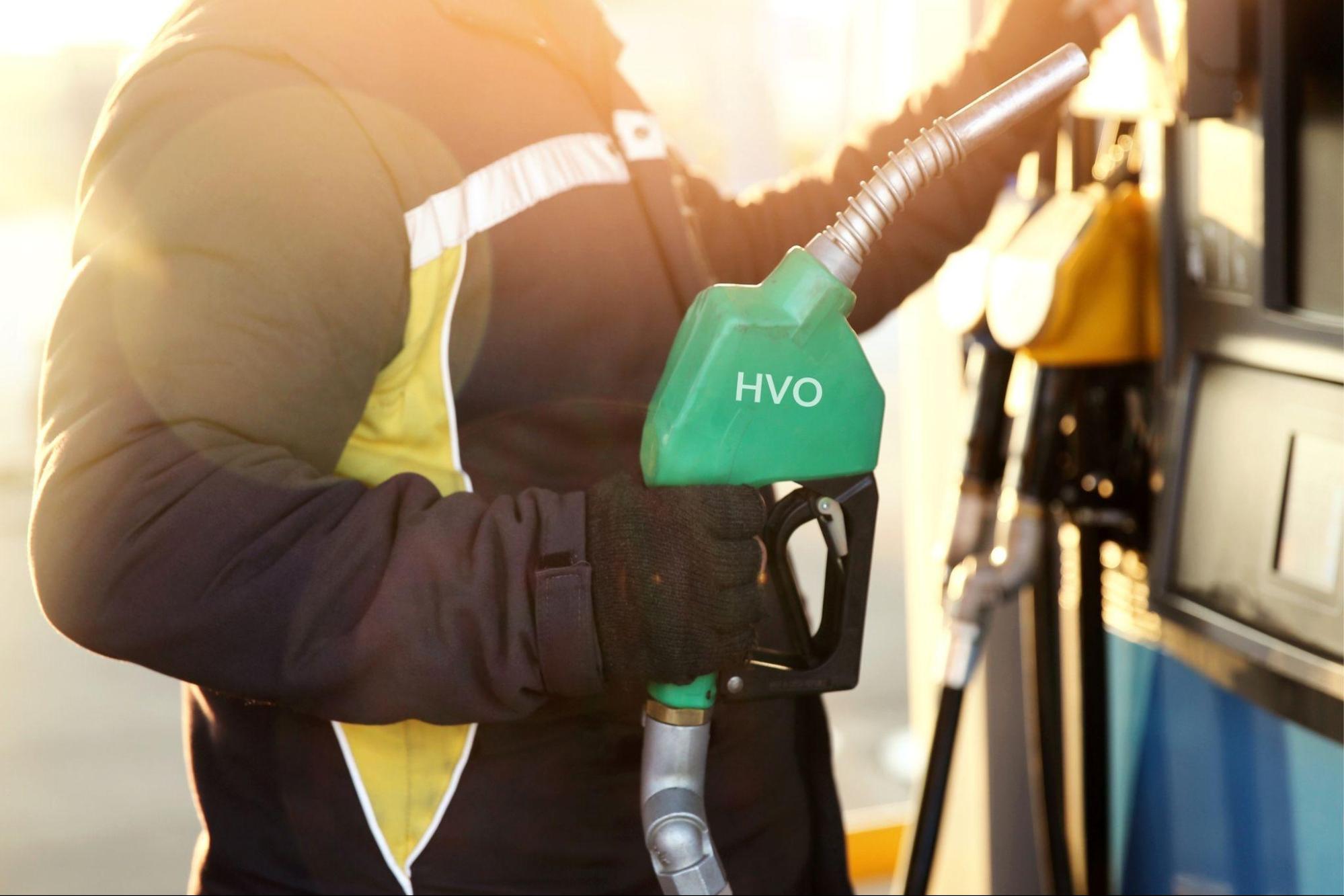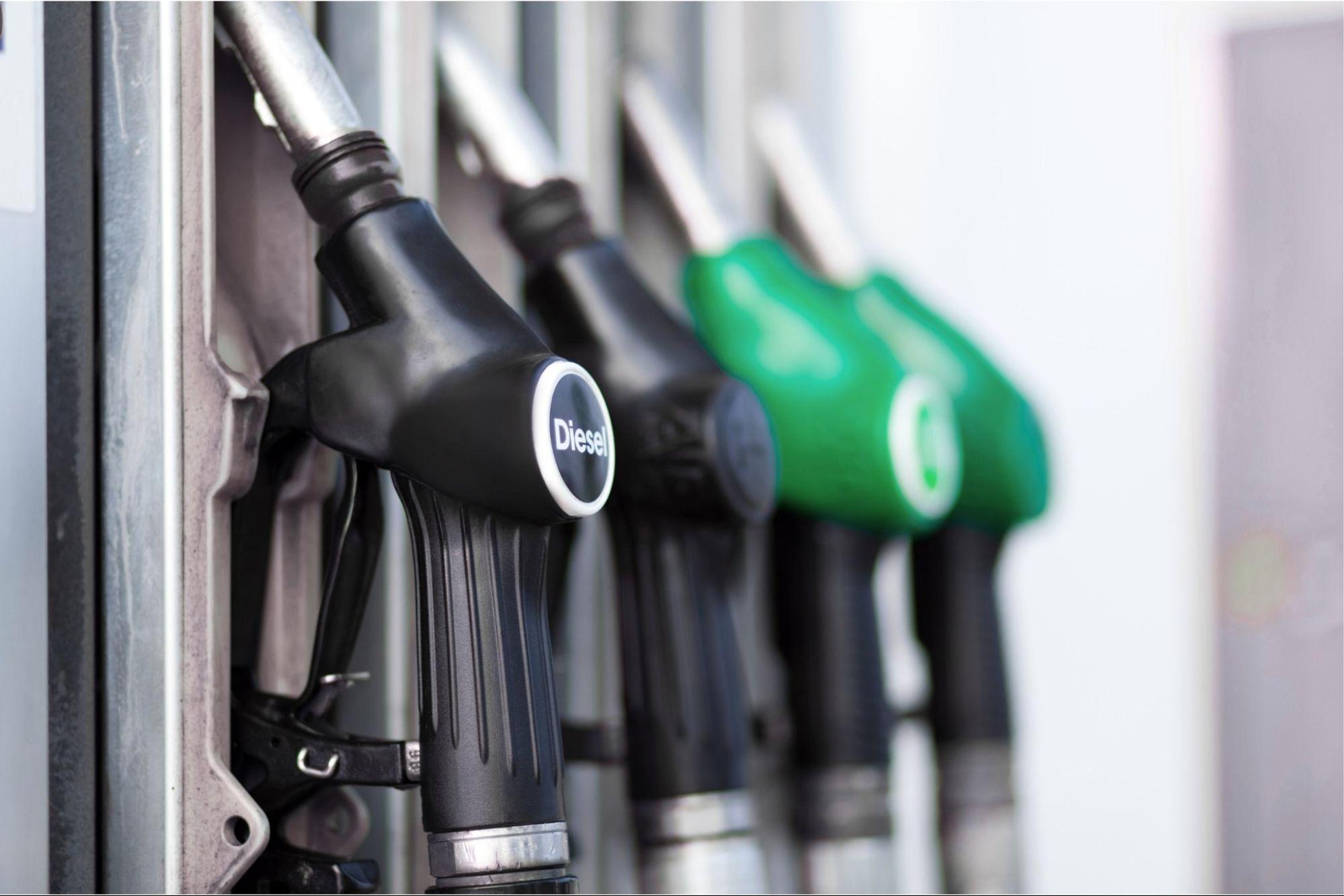HVO vs Red Diesel: A Cleaner Replacement for Farms & Generators
In recent years, the way we power farms and off-grid machinery has come under growing scrutiny.
With environmental regulations tightening and red diesel tax relief removed for many sectors, the search for cleaner, compliant fuel alternatives has taken centre stage.
One contender that’s making waves is HVO, but how does it really stack up against the long-standing red diesel?
In this blog, we explore the full picture of HVO vs red diesel UK. Let’s unveil what sets red diesel and HVO apart, how they perform in agricultural machinery and generators, and why more users are considering the switch.
If you’re looking to stay efficient, sustainable, and compliant, this comparison is essential reading.
What Is HVO And How Is It Made?
Hydrotreated Vegetable Oil, commonly known as HVO, is a next-generation renewable fuel designed to replace traditional diesel without compromising performance.
Unlike first-generation biofuels, HVO is classified as an advanced paraffinic diesel that meets EN 15940 fuel standards.
It is a clear, odourless liquid that burns cleaner, stores longer, and functions seamlessly in diesel engines, making it a game-changer for sectors like agriculture, construction, and off-grid power.
HVO is produced through a process called hydrotreatment, resulting in a highly stable, synthetic diesel with near-zero sulphur and aromatic content.
Here’s a simplified overview of how HVO is made:
- Feedstock Collection – Waste oils and fats (like used cooking oil) are collected from commercial food operations or animal by-products.
- Pre-treatment – These materials are filtered and cleaned to remove impurities such as water, food residues, or metals.
- Hydrotreatment – The cleaned feedstocks are subjected to hydrogen at high temperatures and pressures, transforming them into hydrocarbons.
- Isomerisation – The hydrocarbons are then rearranged to improve cold flow properties and overall fuel performance.
- Final Filtration – The resulting fuel is refined to meet quality standards and is then ready for use as a drop-in diesel alternative.
What Is Red Diesel And How Is It Made?

Red diesel, also known as gas oil or tractor diesel, is a low-duty form of diesel fuel widely used in off-road vehicles and machinery.
It’s chemically identical to standard (white) diesel used in road vehicles, but is dyed red to distinguish it for tax and regulatory purposes.
The red dye is not only a visual marker; it’s also detectable through chemical tests, allowing enforcement agencies to identify misuse in non-eligible sectors.
Here’s how red diesel is made:
- Crude Oil Extraction – Like other fossil fuels, red diesel starts with the extraction of crude oil from underground reserves through drilling.
- Refining – The crude oil is sent to refineries for undergoing fractional distillation. Diesel fuel is separated based on its boiling point and further treated to remove impurities like sulphur.
- Additives and Dyeing – Once refined, additives may be included to improve stability, cold flow properties, or combustion quality.
The key distinguishing step is the addition of red dye (usually Solvent Red 26 or 164) and chemical markers that make the fuel identifiable during inspections.
- Distribution – After processing, red diesel is delivered to fuel depots, farms, and industrial users, where it’s stored in tanks and used in off-road equipment.
What Are The Similarities Between HVO And Red Diesel?
While HVO and red diesel differ significantly in terms of origin and environmental impact, they do share several practical similarities, especially when it comes to performance and usage.
Here’s what they have in common:
-
Application Versatility
Both HVO and red diesel are used in similar types of machinery and engines, such as tractors, excavators, generators, and other off-road equipment.
HVO is fully compatible with diesel engines, meaning it can replace red diesel without the need for engine modifications, fuel system changes, or downtime.
-
High Performance
In terms of energy output and combustion quality, HVO performs on par with red diesel.
It offers similar cetane numbers (a measure of ignition quality), ensuring efficient and reliable engine operation. Users switching to HVO will not experience a drop in power, torque, or responsiveness.
-
Storage And Handling
Both fuels are stored and handled in much the same way.
HVO can be stored in the same tanks previously used for red diesel, and the logistics of transporting or dispensing the fuel remain largely unchanged.
However, HVO’s improved stability and longer shelf life give it an edge over time.
-
Low-Temperature Performance
Red diesel and HVO are both capable of functioning effectively in cold conditions.
However, HVO often performs slightly better in extremely low temperatures due to its paraffinic structure, but both remain viable for year-round use in the UK climate.
-
Off-Road Use Focus
Historically, red diesel has been the go-to for off-road and industrial use due to its reduced tax rate.
Now, with tax advantages largely removed for many sectors, HVO has emerged as the next practical alternative for off-road applications, offering similar ease of use with better environmental credentials.
What Are The Differences Between HVO And Red Diesel?
When comparing HVO vs red diesel, the key distinctions lie in how each fuel is produced, burned, and how it aligns with the UK’s evolving energy and regulations.
-
Origin And Production Process
Red diesel is a fossil fuel. essentially regular diesel with a red dye to identify it for rebated, off-road use. It is refined from crude oil, a non-renewable resource, and contributes to greenhouse gas emissions.
In contrast, HVO (Hydrotreated Vegetable Oil) is a synthetic paraffinic diesel made from 100% renewable feedstocks like used cooking oil, tallow, and other waste fats.
-
Environmental Impact
HVO environmental benefits encompass reducing CO₂ emissions by up to 90% over its lifecycle, whereas red diesel remains a heavy contributor to carbon and emissions such as NOₓ and particulates.
-
Regulatory And Tax Implications
The UK government removed tax relief for red diesel in most commercial sectors from April 2022, significantly increasing its operational cost for many users.
Meanwhile, HVO qualifies under the Renewable Transport Fuel Obligation (RTFO) and supports compliance with net-zero and sustainability reporting targets.
-
Shelf Life And Stability
HVO offers superior long-term storage stability.
Unlike red diesel, which can degrade and grow microbes over time, HVO remains stable and clean in tanks for extended periods, ideal for backup usage in farming or generators.
-
Sustainability Credentials
While red diesel offers no renewable benefits, HVO is traceable, biodegradable, and non-toxic.
It fits seamlessly into ESG strategies and net-zero roadmaps, offering verifiable sustainability data that modern businesses increasingly require.
Is HVO Better Than Red Diesel?

HVO is widely considered a better alternative to red diesel, especially in today’s context of increasing environmental responsibility, tighter fuel regulations, and long-term sustainability goals.
While both fuels serve a similar purpose in powering off-road machinery, generators, and farm equipment, HVO offers clear advantages that go beyond basic functionality.
In terms of usability, HVO is a drop-in replacement, meaning it can be used in diesel engines without modification.
Moreover, it aligns better with the UK’s push towards net-zero targets and offers compliance advantages under schemes like the Renewable Transport Fuel Obligation (RTFO).
Conclusion
While both red diesel and HVO have powered farms and generators reliably for years, HVO offers a cleaner, future-ready alternative that aligns with sustainability goals and regulatory compliance.
Whether you’re preparing for seasonal farm operations or powering off-grid machinery, the transition to HVO can bring measurable benefits.
If you’re considering making the switch or want to learn more about integrating HVO into your operations, Compass Energy is here to help. With trusted supply solutions and expert advice, we’re your go-to partner for a cleaner, compliant fuel future.



